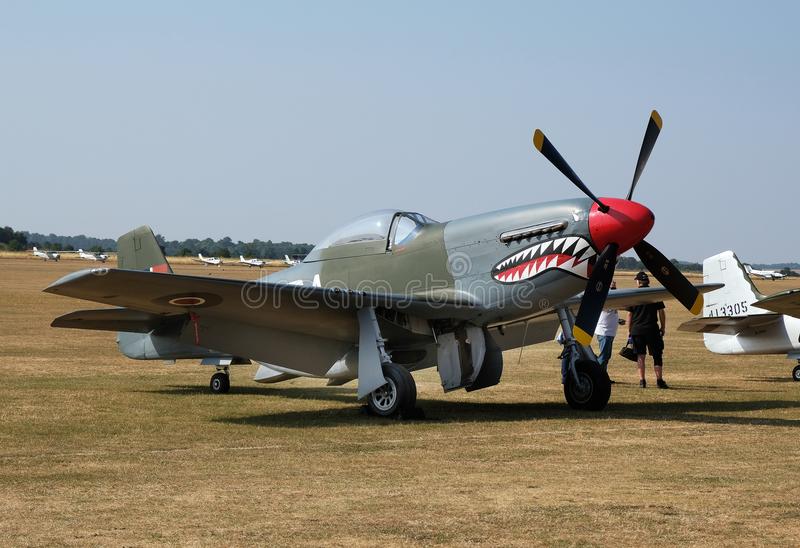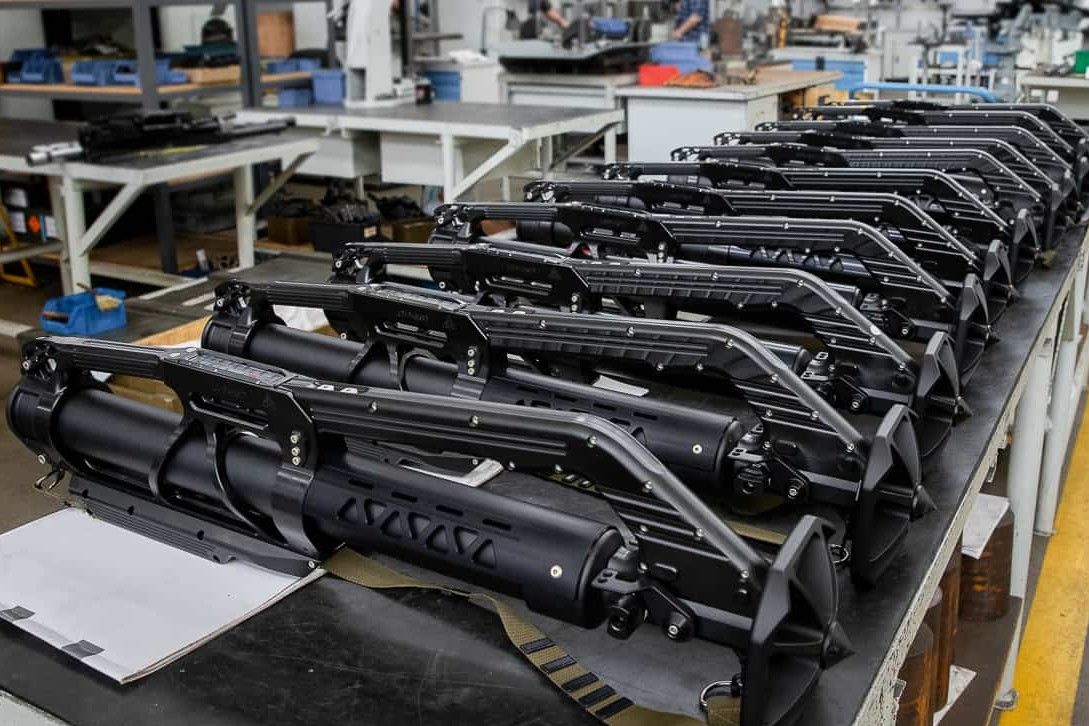
Exercise "Falcon jump".
A close-up of the Dutch C-130H-30, which is always at the head of the transport planes from which paratroopers land.
On September 9-21, 2019, as every year, the Falcon Jump exercise was held in the Netherlands. The exercises were organized by the 336th division of the Royal Netherlands Air Force and the 11th airborne brigade of the Royal Land Forces. The main goal of the exercises is to train the airborne and ground personnel in landing and airdropping. The paratroopers also prepared for the annual celebration of Operation Market Garden. Of course, the number of paratroopers who participated in the exercise and celebration of the operation was not as great as the number of those who took direct part in it. However, even 1200 jumpers were a big problem, just like every year.
After the Normandy landings on June 6, 1944, and the development of the Allied offensive deep into France, British Field Marshal Bernard Montgomery began to strive to break through the German front on a strategic scale as quickly as possible. He believed that after the defeat of the German troops in France, Germany had already been defeated. In his opinion, the war could be ended quickly by breaking through the Netherlands and invading primordially German territory. Despite doubts, the Supreme Allied Commander in Europe, General Dwight Eisenhower, agreed to conduct Operation Market Garden.
The purpose of this largest Allied airborne operation was to pass through the territory of the Netherlands, which, as you know, is cut by difficult rivers and canals. Therefore, first of all, it was necessary to master bridges across water barriers - on the rivers Meuse, Vaal (a tributary of the Rhine) and on the Rhine in the Netherlands. The aim of the operation was to liberate the southern Netherlands from German occupation before Christmas 1944 and open the road to Germany. The operation consisted of an airborne element (Market) to capture the bridges and an armored attack from Belgium (Sad) using all the bridges to capture the Rhine bridgehead in German territory.
The plan was very ambitious and its rapid implementation was critical to its success. The task of the XXX British Corps was to overcome the distance from the border with Belgium to the city of Arnhem on the border with Germany in three days. This would only be possible if all the bridges along the way were not damaged. The US 101st Airborne Division (DPD) was to capture the bridges between Eindhoven and Vegel. The second American division, the 82nd DPD, was to occupy the bridges between Grave and Nijmegen. The British 1st DPD and the Polish 1st Independent Parachute Brigade faced the most difficult task. They were to capture three bridges in enemy territory on the Lower Rhine at Arnhem. If Operation Market Garden had been a complete success, most of the territory of the Netherlands would have been liberated, cutting off German troops in the northern part of the country, and the 100-kilometer corridor leading directly to Germany would have been destroyed. From there, from the bridgehead at Arnhem, the Allies were to move east towards the Ruhr, Germany's industrial heartland.
Failure of the plan
On September 17, 1944, the first landing took place without any problems. However, serious difficulties and setbacks immediately arose. The British landing zone was quite far west of Arnhem and only one battalion made it to the main bridge. XXX Corps halted in the evening at Valkensvärd because the bridge at Sona had been blown up by the Germans. It was not until September 19 that a new temporary bridge was built. The Americans who landed in Groesbeck did not immediately succeed in capturing the Nijmegen bridge. On the same day, the British, reinforced by further waves of landing, tried to break through to the bridge in Arnhem, but were repulsed by hastily entered German units. Several scrapyards were lost and the remnants of the 1st DPD were driven back to Oosterbeek.
On September 20, the Americans crossed the Waal River in boats and the Nijmegen bridge was captured by them. It turned out, however, that this happened too late, since the Germans surrounded the battalion near Arnhem and the bridge was recaptured by them. The Polish brigade landed at Driel on 21 September in the hope that the Oosterbeek bridgehead could be used as an alternative crossing over the Lower Rhine, but this turned out to be completely unrealistic. The British were on the verge of collapse, and the supply of troops in the corridor from Eindhoven to Arnhem was systematically disrupted by German attacks from the flanks. Consequently, the two-lane road No. 69 between Eindhoven and Arnhem was nicknamed the "road to hell".
On September 22, 1944, German troops broke through the narrow allied corridor near the village of Vegel. This led to the defeat of the Allied forces at Arnhem, as the Germans also held back the British in the center of Arnhem. Consequently, Operation Market Garden was terminated on 24 September. On the night of 25/26 September, the last 2000 soldiers from Oosterbeek were evacuated across the river. These successes allowed the Germans to defend themselves for another six months. This defeat was later described as "a bridge too far", in the famous words of British General Browning.

